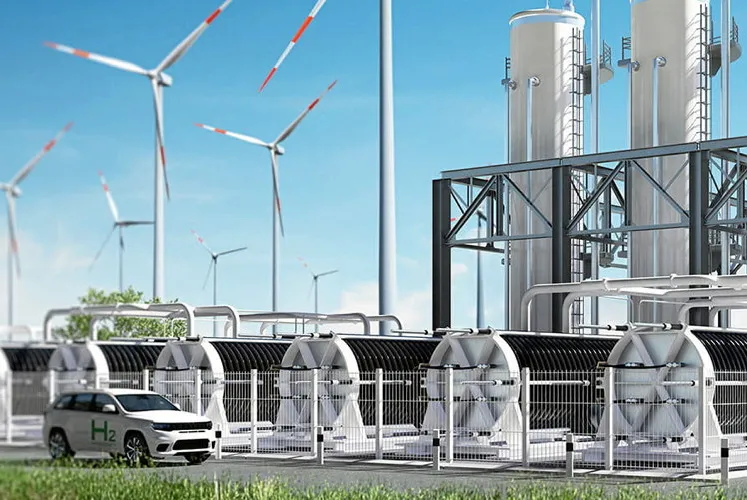ANALYSIS | Which green hydrogen projects received state-aid approval from the EU in the recent €7bn IPCEI round?
Projects were not identified by the European Commission, but Hydrogen Insight has pieced together all the available information

Projects were not identified by the European Commission, but Hydrogen Insight has pieced together all the available information
